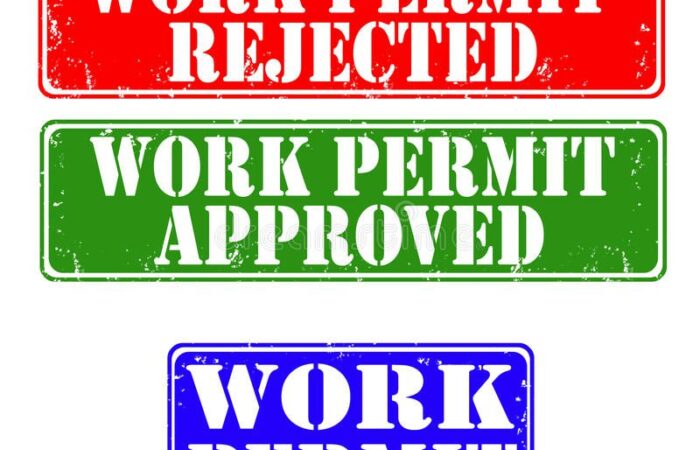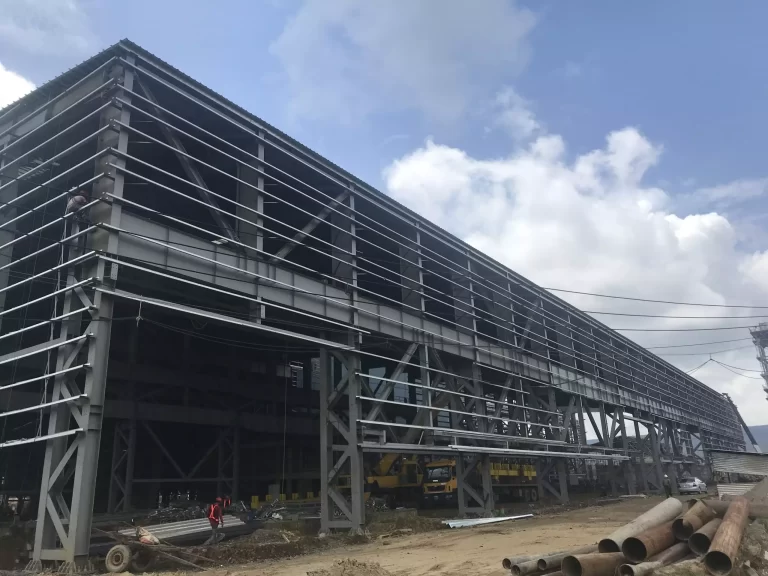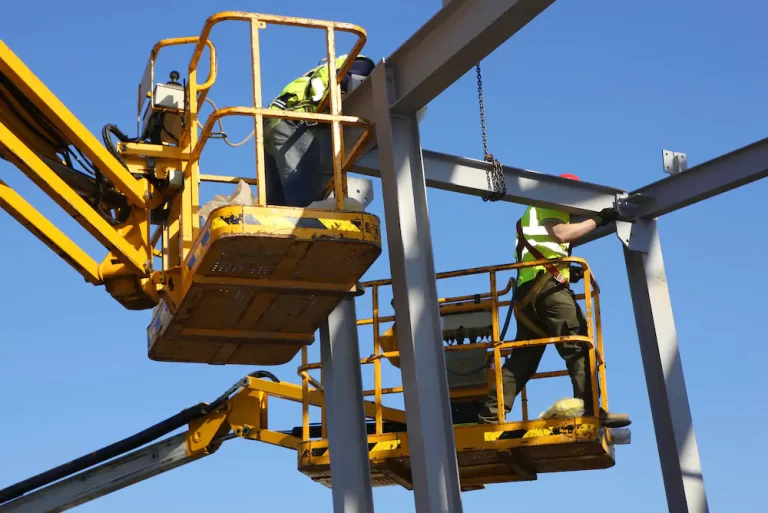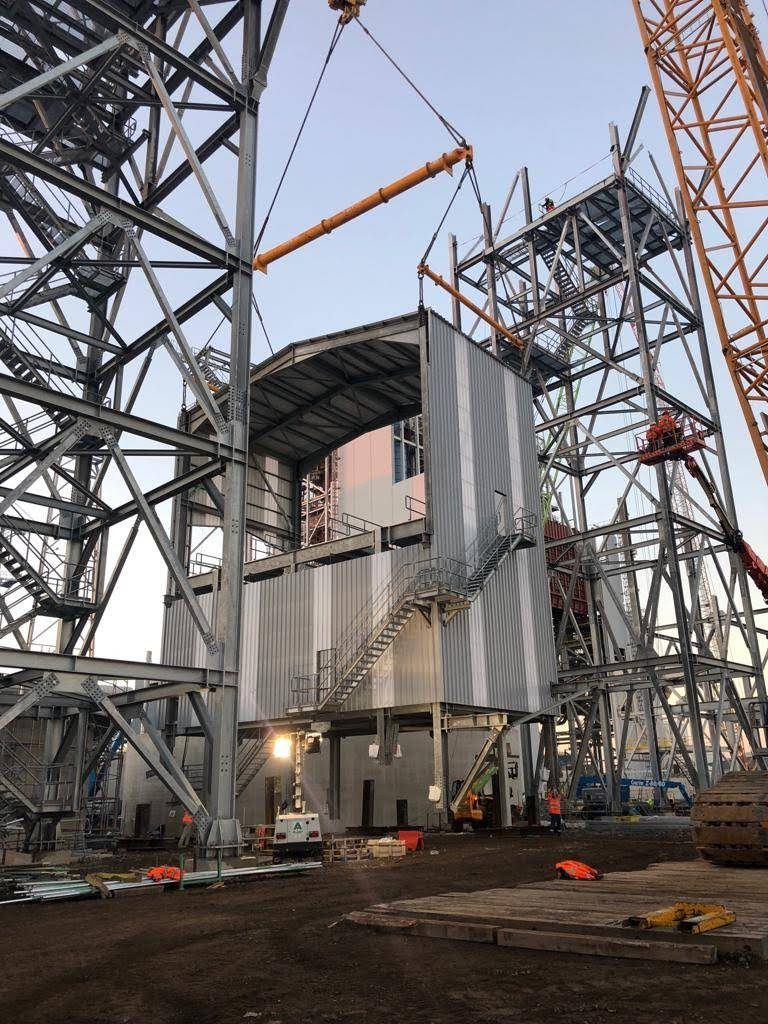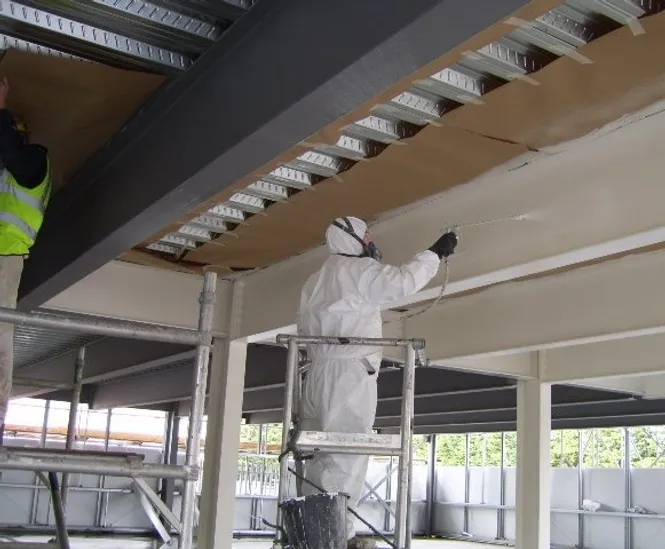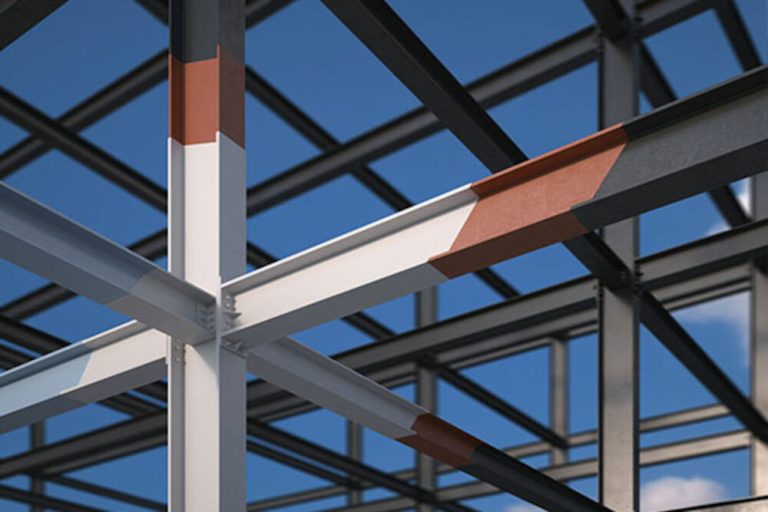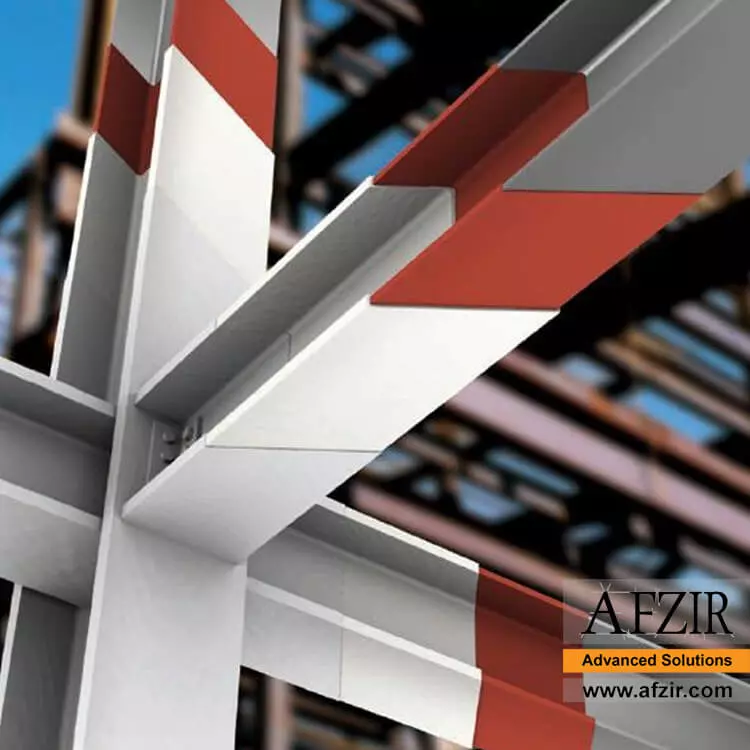What is the difference between cold work permit and hot work permit?
There are two types of permits that are required for work that involves high temperatures: cold work permits and hot work permits. Cold work permits are required for work that involves temperatures below freezing, while hot work permits are required for work that involves temperatures above freezing.
What is the difference between cold work permit and hot work permit?
When it comes to working with materials that could potentially catch fire, it’s important to know the difference between a cold work permit and hot work permit. A cold work permit is typically used for activities that pose little to no risk of igniting a fire, such as welding on stainless steel or grinding. A hot work permit, on the other hand, is required for any job that involves using an open flame, such as soldering or brazing.
The main difference between cold work permits and hot work permits is the level of risk involved. Cold work permits are generally used for activities that pose little to no risk of igniting a fire, while hot work permits are required for any job that involves using an open flame.
It’s important to know the difference between these two types of permits so you can ensure you’re taking the necessary precautions when working with materials that could potentially catch fire.
What is mean by cold work permit?
When a job requires working in an area where the temperature is below 32 degrees Fahrenheit, a cold work permit is required. This permit is different from a hot work permit, which is required for jobs that involve working with temperatures above 32 degrees Fahrenheit. Both types of permits are necessary to ensure that employees are safe while working in these conditions.
What is cold and hot work?
There are two types of work permits commonly used in industry: cold work permits and hot work permits. As their names suggest, cold work permits are required for work that will be performed at temperatures below freezing, while hot work permits are required for work that will be performed at temperatures above freezing.
While the type of permit may seem like a trivial distinction, it is actually quite important. Cold work presents a number of unique hazards that must be carefully controlled, including the risk of frostbite and hypothermia. Hot work presents its own set of hazards, including the risk of burns and fires. By requiring a specific permit for each type of work, employers can ensure that employees are aware of the risks involved and that proper safety precautions are taken.
What are the types of cold work permit?
There are four types of cold work permits:
1. Standard Cold Work Permit
2. Restricted Cold Work Permit
3. Limited Area Cold Work Permit
4. Site-Specific Cold Work Permit
1. Standard Cold Work Permit: This permit is valid for all areas of the facility where the work is taking place and does not require a site-specific assessment. The work must be conducted in accordance with the company’s safety procedures, and the permit must be renewed every day that work will continue.
2. Restricted Cold Work Permit: This permit restricts work to specific areas within the facility that have been assessed as safe for cold work activity. The permit must be renewed every day that work will continue, and only authorized personnel may enter the restricted area.
3. Limited Area Cold Work Permit: This permit limits cold work activity to a specific area within the facility that has been assessed as safe for such work. The permit must be renewed every day that work will continue, and only authorized personnel may enter the limited area. A site-specific risk assessment must be conducted prior to issuance of this type of permit.
4. Site-Specific Cold Work Permit: This permit is required when cold work activity will take place in an area outside of the normal scope of operations for the company. A site-specific risk assessment must be conducted prior to issuance of this type of permit, and the
OSHA Cold Work Permit Requirements
When working with potentially hazardous materials, it’s important to have the proper permits in place to ensure safety. So, what is the difference between a cold work permit and a hot work permit?
Cold work permits are required when working with materials that could potentially release flammable or toxic vapors. This type of work includes tasks such as welding, cutting, grinding, and using power tools. Hot work permits, on the other hand, are only required when working with open flames or heat-producing equipment.
Both types of permits must be obtained before starting any work and should be prominently displayed in the work area. All workers must be briefed on the hazards associated with the work and the proper safety procedures to follow.
OSHA has specific requirements for cold work permits that must be met in order to ensure the safety of workers. Some of these requirements include:
• The permit must be obtained from the employer before starting any work.
• The permit must be prominently displayed in the work area.
• All workers must be briefed on the hazards associated with the work and the proper safety procedures to follow.
• The permit must specify the duration of the job and list all authorized personnel who will be working on it.
• The permit may need to be renewed if conditions change or if the job takes longer than originally anticipated.
Safe Work Permits
A safe work permit is required whenever hot work is being performed. This includes any work that produces sparks or heat, such as welding, cutting, grinding, or soldering.
A cold work permit is not required for work that does not produce sparks or heat. However, a cold work permit may be required if the work is being performed in a hazardous area.
Different Types Of Permits
There are two main types of permits: cold work permits and hot work permits.
Cold work permits are typically used for activities such as painting, welding, or working with concrete or asphalt. Hot work permits are required for activities that involve heat, sparks, or flames, such as welding, soldering, or using a torch.
Permits are usually valid for a specific period of time and must be renewed if the work is ongoing. Some companies require employees to complete a training course before they can apply for a permit.
Can I use a cold work permit rather than a hot work permit?
You can use a cold work permit rather than a hot work permit in some circumstances. For example, if you are working on chilled water piping or vessels, you may be able to do the work without a hot work permit. In other cases, you may need a cold work permit for tasks such as welding or cutting on equipment that is not energized.
What are the main types of Work Permits
There are two main types of work permits: cold work permits and hot work permits.
Cold work permits are required for any work that will be done in a temperature-controlled environment, such as a refrigerator or freezer. Hot work permits are required for any work that will be done in an area where there is a potential for fire or explosion, such as welding or cutting.

